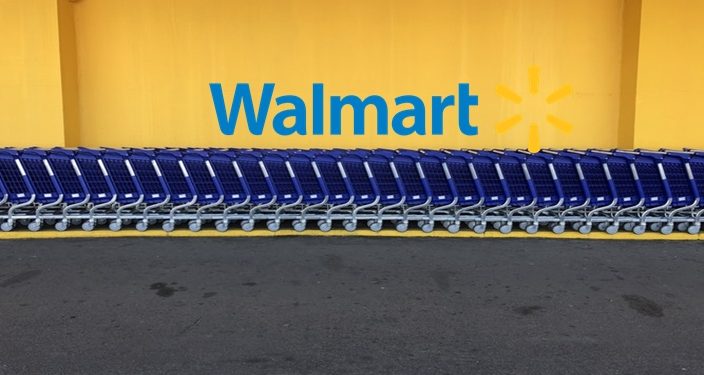The world’s largest retail company, Walmart, seeks to develop an advanced system based on blockchain tech aimed to digitize deliveries using robots.
As indicated in the patent published by the US Patent and Trademark Office on 30 August, Walmart plans to launch a “system for in-field authentication of autonomous electronic device.”
The document entitled “Systems, Devices, and Methods for In-Field Authenticating of Autonomous Robots” indicates that the upcoming system is set to be used in situations like “delivery drones or household autonomous robots [and] can authenticate each other using embodiments of security procedures described herein.”
The document also elaborates:
“One or more of the autonomous electronic devices described herein may comprise a node in a distributed blockchain system storing a copy of the blockchain record. Updates to the blockchain may comprise authentication signals or identification information, and one or more nodes on the system may be configured to incorporate one or more updates into blocks to add to the distributed database.”
The system would use robots or drones
Furthermore, deliveries that mix several “types of objects can be relocated and delivered to different locations“, this being possible due to “automated vehicles“. The patent points out a system that integrates robots or drones in order to track the products. These would be active due to wireless signal and operate on the basis of blockchain tech.
The retail giant explained that:
“Updates to the blockchain may comprise authentication signals or identification information, and one or more nodes on the system may be configured to incorporate one or more updates into blocks to add to the distributed database.”
Walmart has already implemented two of the blockchain-based projects submitted to the USPTO earlier this year. According to one of the filings, the retail giant planned to develop a platform that will act as “a vendor payment sharing system, (would) automatically process payment for a total amount due for the products and services related to obtaining and delivering the products”, while the second focuses on creating a system that combines several features of conventional blockchain networks.




























